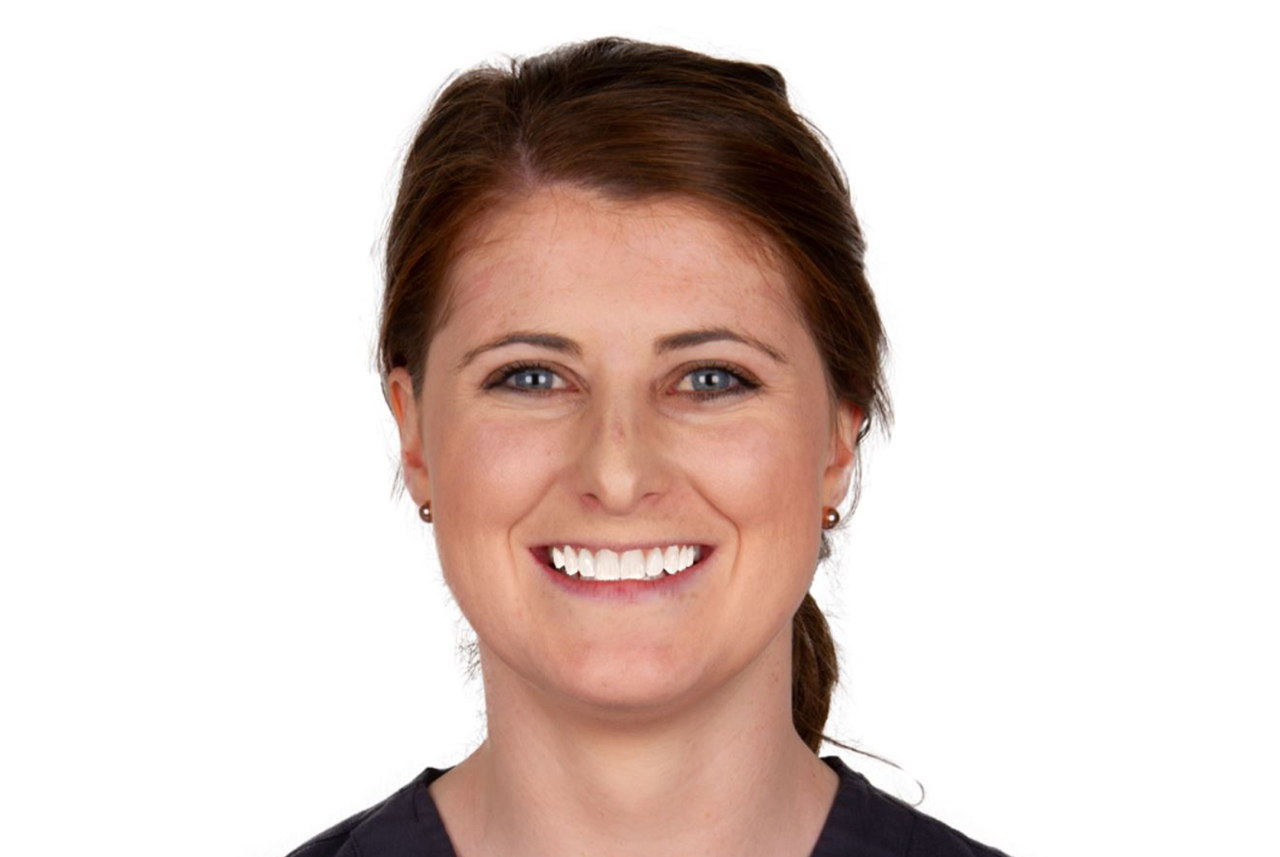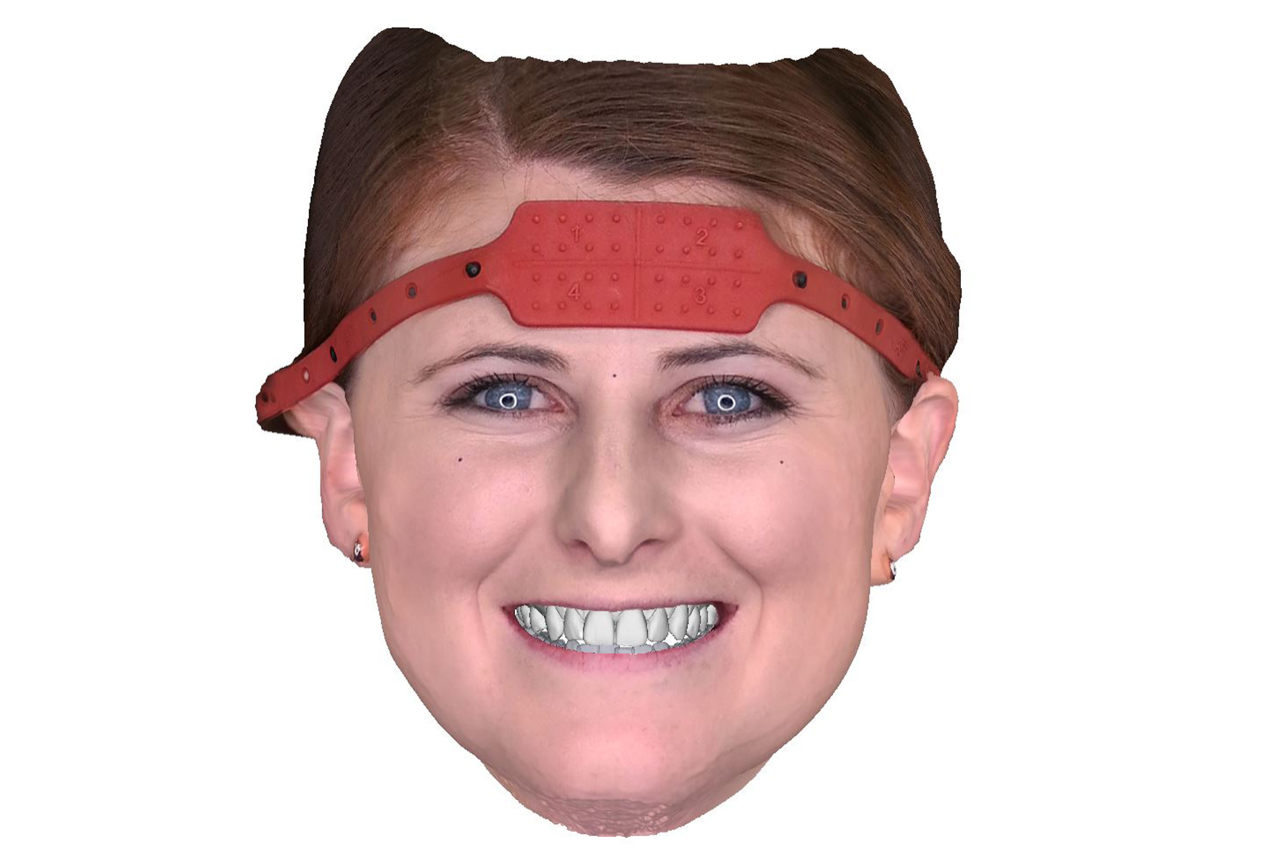IADR Abstract Archives
Esthetic Dental Perception Comparisons Between 2D and 3D Simulated Discrepancies
Objectives: The purpose of this study was to evaluate the perceptions of dentists, dental students, and laypersons regarding discrepancies of the maxillary dental midline (DM) and occlusal plane (OP) when analyzing 2-dimensional (2D) and 3-dimensional (3D) simulations.
Methods: A female model was digitized using a facial scanner (FS), intraoral scanner (IOS), and full-face photo. Dental discrepancies were simulated via a 2D photo (2D group) and 3D scan (3D group) of the model. Both groups had two subgroups. The first OP subgroup was tilted in 1° increments. The second OP subgroup was tilted identically, but the maxillary DM and central incisors were also altered to match the OP incline. A total of 300 participants were asked to rate the 2D and 3D images on a 1-to-6 scale and answer a questionnaire. A Kruskal-Wallis medians test and ordinal logistic regression were used to analyze ratings.
Results: Ratings decreased as OP tilt increased, and laypersons rated higher than the other two groups. Inclination of the OP had significant negative effects on ratings, but the degree of the effect varied across groups. For dentists, the odds of giving higher vs. lower ratings decreased by almost half for each degree of tilt (OR = 0.4747). For students, that effect was diminished by a positive interaction term (OR(student:tilt)=1.1238). The effect was even less for laypersons (OR(layperson:tilt)=1.5846). Occupation alone affected ratings: students rated similarly to dentists (OR students=1.1087, n.s. from 1.0), but laypersons rated higher (OR laypersons=1.3454). Older subjects also gave higher ratings. Use of 3D vs. 2D images had a positive effect on ratings (OR=1.1978), but the effect was decreased in students (OR(student:image.type)=0.4824) and more so in laypersons (OR(laypersons:image.type)=0.2448). DM alteration led to higher ratings (OR = 1.3699) but also resulted in decreased odds ratio for tilt (OR(tilt:midline) = 0.8996).
Conclusions: Dentists, dental students, and laypersons gave lower ratings as OP inclination increased. Group ratings gradually diverged with laypersons giving consistently higher ratings than dentists and students. Overall, 3D vs. 2D images had a positive effect on ratings, but the effect was decreased in students and more so in laypersons. Laypersons rated all 2D and 3D images as esthetically pleasant.
Methods: A female model was digitized using a facial scanner (FS), intraoral scanner (IOS), and full-face photo. Dental discrepancies were simulated via a 2D photo (2D group) and 3D scan (3D group) of the model. Both groups had two subgroups. The first OP subgroup was tilted in 1° increments. The second OP subgroup was tilted identically, but the maxillary DM and central incisors were also altered to match the OP incline. A total of 300 participants were asked to rate the 2D and 3D images on a 1-to-6 scale and answer a questionnaire. A Kruskal-Wallis medians test and ordinal logistic regression were used to analyze ratings.
Results: Ratings decreased as OP tilt increased, and laypersons rated higher than the other two groups. Inclination of the OP had significant negative effects on ratings, but the degree of the effect varied across groups. For dentists, the odds of giving higher vs. lower ratings decreased by almost half for each degree of tilt (OR = 0.4747). For students, that effect was diminished by a positive interaction term (OR(student:tilt)=1.1238). The effect was even less for laypersons (OR(layperson:tilt)=1.5846). Occupation alone affected ratings: students rated similarly to dentists (OR students=1.1087, n.s. from 1.0), but laypersons rated higher (OR laypersons=1.3454). Older subjects also gave higher ratings. Use of 3D vs. 2D images had a positive effect on ratings (OR=1.1978), but the effect was decreased in students (OR(student:image.type)=0.4824) and more so in laypersons (OR(laypersons:image.type)=0.2448). DM alteration led to higher ratings (OR = 1.3699) but also resulted in decreased odds ratio for tilt (OR(tilt:midline) = 0.8996).
Conclusions: Dentists, dental students, and laypersons gave lower ratings as OP inclination increased. Group ratings gradually diverged with laypersons giving consistently higher ratings than dentists and students. Overall, 3D vs. 2D images had a positive effect on ratings, but the effect was decreased in students and more so in laypersons. Laypersons rated all 2D and 3D images as esthetically pleasant.


